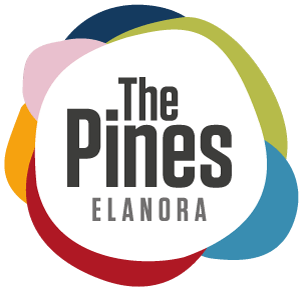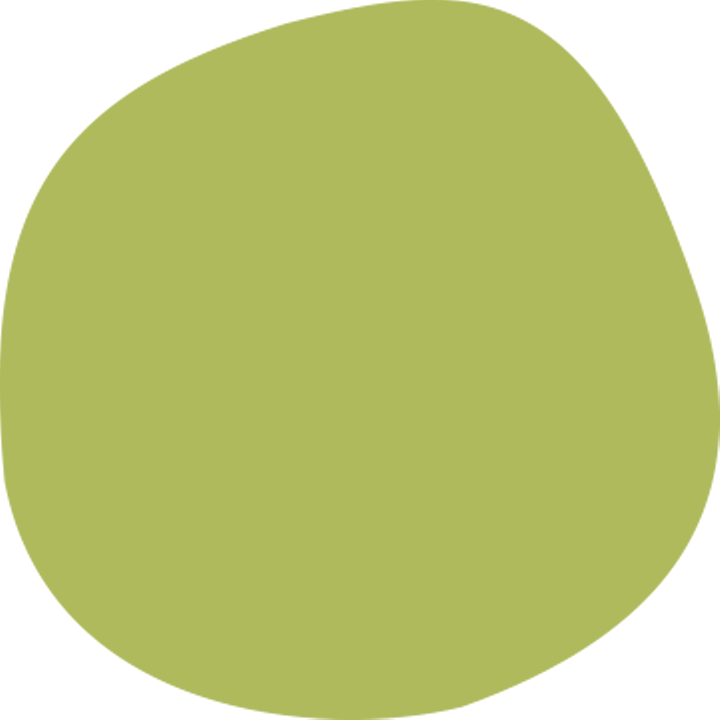Creative Industries Academy Art Exhibition | Elanora State High School
| LOCATION: | OUTSIDE OPTUS |
Elanora State High School’s Creative Industries Academy students have crafted 13 unique animal sculpture totems, with majority of these now proudly on exhibition at The Pines Elanora. Inspired by Australia’s rich wildlife and cultural heritage, each totem features native creatures—quolls, numbats, redback spiders, and more—symbolizing the deep connections between people, animals, and place. Drawing on First Nations storytelling and symbolism, these totems celebrate the resilience of nature and the wisdom of Indigenous stewardship, inviting viewers to see Australia as a vibrant mosaic of life and history.
Kookaburra
Artist: Emilee Malone
Kookaburra, bright blue coloured wings with brown fluffy feathers – a cute and fluffy bird with a laughing voice that will wake you up from a peaceful sleep! I started the process by getting my central pillar and cutting out my kookaburra silhouette, then I got paper, scrunched it to build up the animal’s form. Finally, the sculpture was spray painted and I added acrylic detail and texture. Adding the details are one of the best features on the kookaburra so I have made sure to detail the blue wings in bright colours.
Banjilann
Artists: Zara Cremer & Jazz Molyneux
Have you ever caught yourself mindlessly watching a butterfly? We chose to create this feature beacuase of its importance, beauty and its ability to create a beautiful atmosphere. The Richmond Birdwing Butterfly is the largest subtropical butterfly in Australia and is important because it plays a big role in the ecosystem as a pollinator. Our butterfly structure was made from a pole of cardboard and scrunched up paper balls that were paper mâché-d over the top. The butterfly totem is a powerful symbol that represents love and freedom that creates a bond between the butterfly animal and humans. The Banjilann is the Yugumbeh name for the butterfly and signifies the importance of connection. We feel a deep link to butterflies as they spend so long trapped in a cocoon, not knowing anything but can automatically fly when they are set free.
Djairi Moburra
Artist: Wolf Newman
My sculpture, Djairi Moburra, (Yugembeh translation of red-back spider), acknowledges the importance and significance of this animal, as it greatly contributes to our environment. For example, although the red-back spider is much-feared, it contributes to the pollination of plants and is crucial to keep the invasive insect population stable. My spider is constructed mostly from paper-mâché, a cardboard armature stuffed with paper and painted with acrylic. The red-back spider is seen as a symbol of cunning and survival, and they can be seen as a link between neighbouring First Nations clans, the spider’s silk spiritually connecting them together. I was attracted to the form of the spider due to the juxtaposition of the thin, spindly legs and the dense body mass (Spiders are also cool!). Our sculptures represent Australian identity, as well as the idea that the many totems come together to make one whole.
My Own Dingo
Artist: Madison Broad
The Dingo; the only dog native to Australia – a medium sized canine with a lean, hard body adapted for speed, agility and stamina. Constructed from a cardboard frame, the process of My Own Dingo involves cutting out cardboard to create a dog-like head structure, filling in the biggest spaces wit hot glue and butcher’s paper & paper mâché-over the cardboard to make a smooth-but-hard layer of paper. The dingo is a tenacious predator and represents a fierce animal. Dingoes are a sacred animal to many First Nations people across Australia. I feel a connection to my animal as they are highly intelligent, strongly individual, affectionate but cautious. As Australians, we are proud of our nationality, “My Own Dingo” is a representation of that pride.
Snake
Artists: Macy Cronin & Zoe Litchfield
The Red-Bellied Black snake is a highly venomous creature – originally red and orange colour with a black back. We began constructing our sculpture by cutting pieces of cardboard and hot-gluing the pieces onto the cardboard pole, after that we began the paper mâché process. Our artwork is inspired by the “Rainbow Snake” known as Djirrabidi, a serpent of significant importance to First Nation’s culture. We feel a spiritual connection to this animal because of the way that the snake moves and communicates. All of our animals connect to each student differently – the wide verity of native Australian animals make us all unique in our own ways just like our spiritual animals are connected to us.
Inner Strength
Artist: Sienna Hodder
My sculpture is made from papier mâché, illustrating how something fragile can also be strong. The quoll, a small, wild animal from Australia that hides in the shadows, symbolizes resilience and survival. I chose paper as the medium to represent this idea, reminding us that even the most delicate things can hold great power. Just as the quoll thrives in the wild despite its size, this artwork reflects our own inner strength and how we, too, can withstand and flourish, even when we feel fragile or vulnerable. It is a celebration of the strength deep down within all of us, often hidden, but always there.
Brushtail Possum
Artist: Emma Carpenter
Living mostly in rural parts of Queensland and New South Wales, the common brushtail possum is a very important part of Australia earning their title with recognizable black bushy tail. Initially constructed from a cardboard tube and butcher’s paper, the process behind my work Brushtail Possum involved creating a rough shape of the creature using masking tape and paper to then attach it to the cardboard tube which was used as a tree. The Trichosurus vulpecula (Brushtail possum) is of great cultural significance in Central Australia, particularly to the Anmatyerr people from Laramba Aboriginal Community. I feel a thorough connection to the brushtail possum compared to any other animal as I feel I share many qualities and traits, Brushtail possums are nocturnal (awake in the night and asleep in the day) and I always seem to have more energy in the later hours of the day compared to morning. As Australians, we are a proud nation for our community and cultures resulting from the blend of our rich Australian history and the influence from the migrants and other cultures that live here.
Cassowary
Artist: Isla Jamieson Fazel
The cassowary is one of the most feared and dangerous avian animals on this continent. Constructed using an armature technique and covered in paper mâché, the kasu weri (meaning horned-head) is the Indigenous Papua New Guinea name for the cassowary. I feel I have a connection to this animal because it has many colours and I have many different personalities; the cassowary is also fierce and assertive (like me!). The identity of Australia is made up of a variety of different nations forming a whole. All the different animals we have chosen for our artworks show the diversity of Australia’s animals all coming together as one.
Eagle
Artists: Analise Brito & Amber Duffy
The wedge-tail eagle is one of the largest flying animals in Australia. Constructed from a cardboard frame, the process of Eagle involved cardboard to make the structure and paper mâché to cover it. Paper feathers were used to create a realistic, textured finish that was painted many colours; brown, light brown, a bit of pink, black, yellow, green, white and gold to reflect what the creature actually looks like. The wedge-tail is a culture hero called Bunjil, many Australian tribes have a connection with this animal. I feel a deep connection to the wedge tail as it possesses many attributes that I embody. Australian identity is a complex idea made up of a wide variety of different people coming together to create what we know as Australia.
Numbat
Artist: Indigo Norman
I chose the Numbat for my artwork to bring attention to the fact that they are an endangered native animal, with less that a thousand mature individuals remaining in the wild. Important work is being done to prevent them from becoming extinct and I aim to raise further awareness with my sculpture. I have made Numbat by building the main body structure out of cardboard. The head, tail and legs were made as separate pieces. The pieces were glued onto the body which was finished with papier mâché. The tail is given a bushy appearance by covering it in small, overlapping pieces of paper (resembling a pinata). The body and head are painted with acrylic paint in golden brown with white stripes. I hope my sculpture inspires people to learn more about our endangered animals, especially the numbat.









